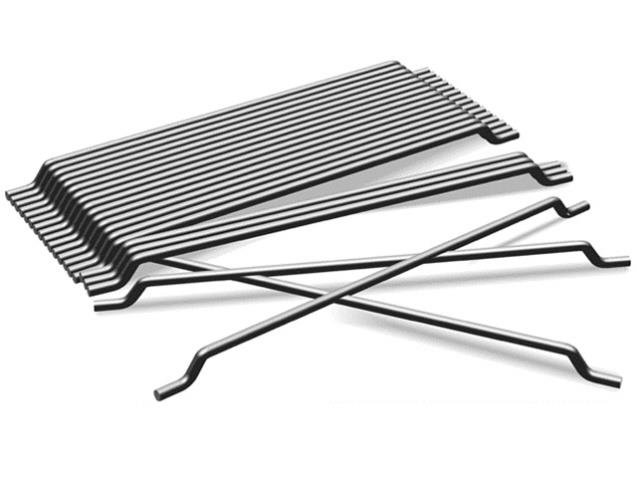
Anchoraging of hooked end fibers in fiber reinforced concrete
Fiber-reinforced concrete (FRC) is widely used nowadays. The area of use of FRC is continuously expanding due to its improved mechanical and other features compared to plain concrete. The ductility of the quasi-brittle concrete becomes higher if short steel or synthetic fibers are mixed into the concrete matrix. The reason for the improved ductility is that the fibers in the cracked cross-section are slowly pulled out from the matrix during the fracture. So the phenomenon of the fiber pulling-out determines strongly the behavior of the FRC. The slipping of straight fibers is well examined in the literature. To improve the effectiveness of the fibers the surface of the fibers can be rough, their shape can be wavy, and there are also clamped end fibers. The aim of this research is to take into consideration the effect of the clamped end in the pulling-out curve of the fibers. As a second task, the modified pull-out curves should be built in an FRC beam model. Verification of the modified model is planned with the help of existing laboratory tests.